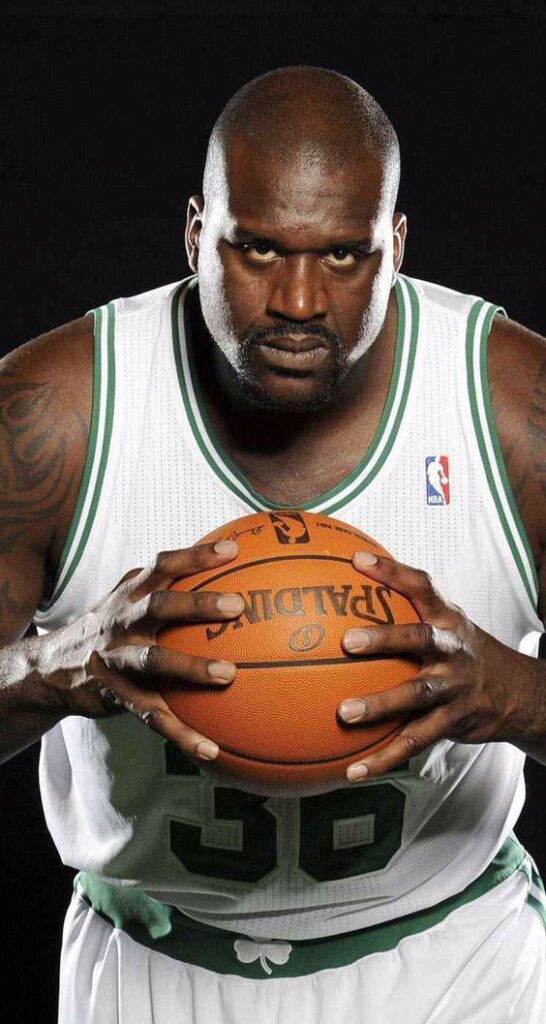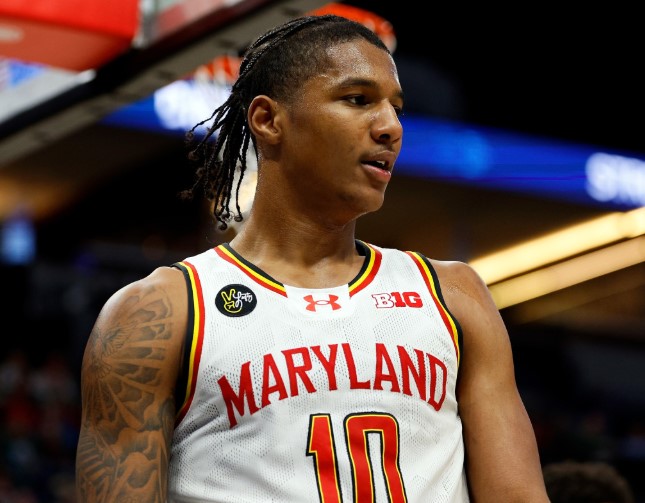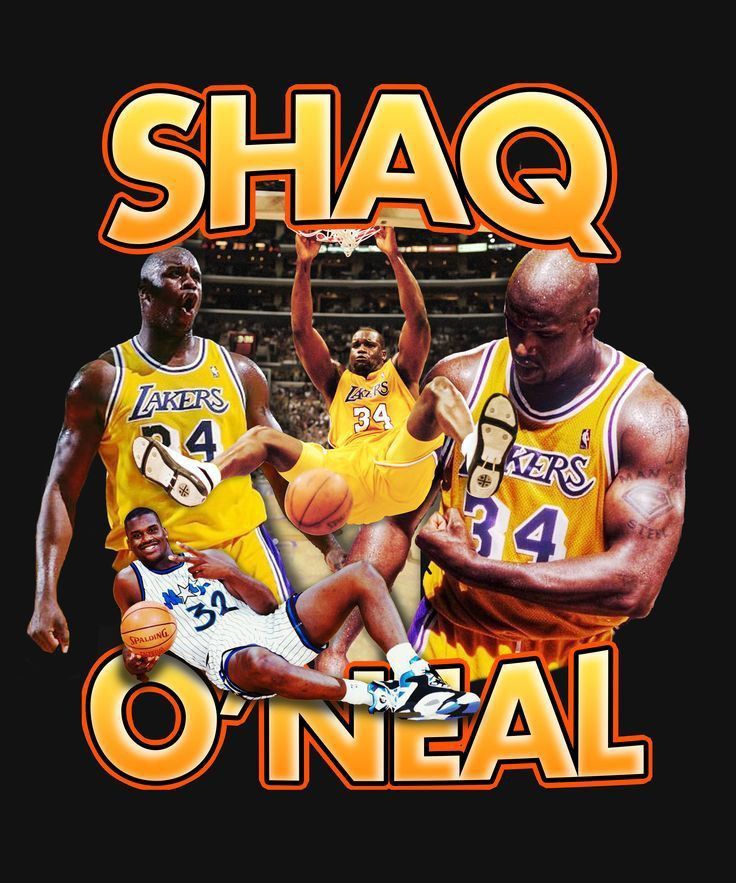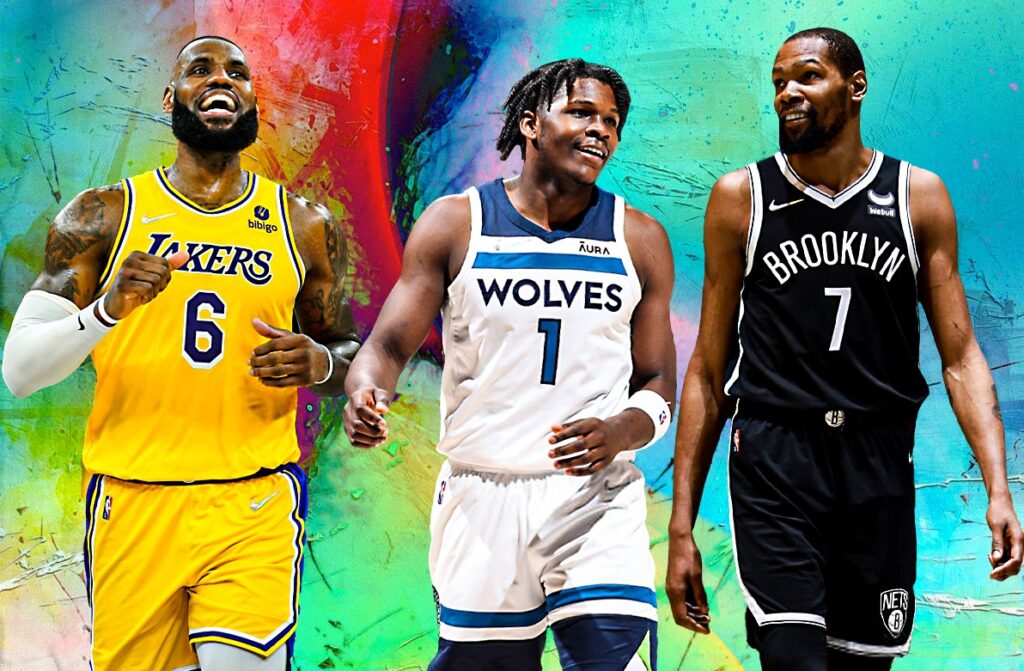When Titans Collide: Shaq’s Perspective on NBA’s Evolution and the Modern Warriors Who Could Survive His Brutal Era
The ongoing debate between NBA eras has found its most vocal and commanding voice in Shaquille O’Neal, whose towering presence and unfiltered opinions continue to shape basketball discourse decades after his retirement from professional play. Shaq dominated the West and he believes there are only three players today who could have survived the toughness and physicality of the league back in his time: LeBron James, Kevin Durant, and Anthony Edwards, creating a fascinating intersection between old-school basketball philosophy and modern athletic evolution that reveals fundamental differences in how the game has transformed over the past two decades.

The legendary center’s assessment of contemporary basketball reflects a deep-seated belief that the modern NBA has become fundamentally softer than the era in which he dominated, characterized by reduced physicality, increased offensive freedom, and what he perceives as preferential treatment from officials that would have been unthinkable during his playing days. The TNT analyst and former NBA champion called out James and other current NBA stars for being too “soft” and suggesting that they’d never be able to compete against past eras that were more physical and didn’t receive the same beneficial calls from referees, establishing a narrative that positions his generation as the ultimate test of basketball toughness and competitive spirit in professional sports history.
When examining Shaq’s carefully curated list of modern survivors, LeBron James emerges as perhaps the most logical choice, having actually overlapped with the tail end of O’Neal’s career and demonstrated the kind of physical durability and mental fortitude that defined the earlier era’s most successful players. LeBron may have a public perception of being soft, but his physicality is what made him a standout rookie for the Cavs in the early 2000s, and hardened him into the superstar he became, suggesting that James’s longevity and sustained excellence across multiple decades actually validates rather than contradicts Shaq’s thesis about what separates truly elite players from their contemporaries in any basketball generation.

Kevin Durant’s inclusion in this exclusive fraternity represents Shaq’s recognition that certain modern players possess the combination of skill, mentality, and physical tools necessary to transcend era-specific advantages and compete at the highest level regardless of rule changes or stylistic shifts in professional basketball. Durant’s height, shooting ability, and competitive drive create a unique profile that would have been equally devastating in an era dominated by post play and physical defense, demonstrating how transcendent talent can adapt to any basketball environment while maintaining elite-level performance throughout their careers.
The most intriguing selection in Shaq’s modern triumvirate is Anthony Edwards, whose youth and explosive athleticism represent a bridge between old-school physicality and new-school skill development that captures O’Neal’s imagination and respect. Asked which players in the modern game could’ve played in his era of the NBA, Shaquille O’Neal went right to Timberwolves star Anthony Edwards. “I think about that all the time,” O’Neal said on his show The Big Podcast, revealing that the Minnesota Timberwolves star has earned recognition not just for his current abilities but for possessing the kind of mentality and physical attributes that would have translated seamlessly to the more brutal basketball landscape of the 1990s and early 2000s.

The fundamental differences between basketball eras that Shaq identifies extend far beyond simple rule changes or officiating philosophies, encompassing broader shifts in player development, team strategy, and the overall culture of professional basketball that have transformed the NBA into something that would be barely recognizable to players from his generation. Shaq, Kenny, and Charles are all-time greats, but they played in a different era — before teams could play zone defenses (which changed post play), before teams focused on the value of the three, before analytics took hold, before the pace picked up again, highlighting how technological advancement and strategic evolution have created entirely new frameworks for evaluating player performance and team construction in modern professional basketball.
The physical demands and mental toughness required to succeed in Shaq’s era created a different breed of basketball player, one forged through constant physical confrontation, limited offensive spacing, and defensive schemes designed to punish rather than merely contest scoring attempts throughout entire games and playoff series. Modern players, according to O’Neal’s assessment, have developed their skills in an environment that prioritizes finesse over force, creating fundamental gaps in preparation for the kind of sustained physical and mental warfare that characterized championship-level basketball during his prime years as a dominant force in professional sports.

Shaq’s perspective on era comparison ultimately reveals his belief that basketball excellence should be measured not just by statistical achievement or championship success, but by the ability to impose one’s will through physical dominance and mental resilience under the most challenging possible circumstances. His selection of LeBron, Durant, and Edwards as modern survivors represents more than just talent evaluation; it constitutes a philosophical statement about what separates true basketball greatness from era-specific success, suggesting that the most elite players in any generation must possess qualities that transcend rule changes, stylistic trends, and environmental advantages that might artificially inflate performance metrics.
The ongoing tension between basketball generations reflects broader questions about athletic evolution, competitive standards, and the role of context in evaluating sporting achievement across different time periods and rule structures. Shaq’s unwavering conviction that his era produced tougher, more complete players creates a compelling framework for understanding how professional basketball has evolved while simultaneously challenging modern players to prove their worth against historical standards that may no longer apply to contemporary competitive environments but continue to influence how greatness is defined and measured in professional sports.